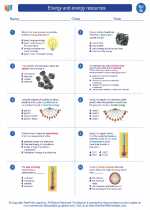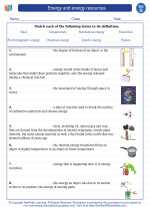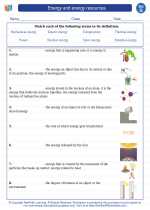Interference in Science
Interference in science refers to the phenomenon where two or more waves overlap and interact with each other. This interaction can result in the reinforcement or cancellation of the waves, leading to changes in the overall amplitude or intensity of the resultant wave. Interference is commonly observed in various natural phenomena, such as the behavior of light, sound, and water waves.
Types of Interference:
- Constructive Interference: Occurs when the peaks of two waves align, resulting in a wave with greater amplitude.
- Destructive Interference: Occurs when the peak of one wave aligns with the trough of another, leading to a wave with reduced or zero amplitude.
Factors Affecting Interference:
- Wavelength: The distance between wave peaks affects how waves interfere with each other.
- Amplitude: The height of the waves can impact the resulting interference pattern.
- Phase Difference: The relative position of the waves at a given point in time influences interference.
Applications of Interference:
Interference phenomena have numerous practical applications, such as in the fields of telecommunications, optics, and acoustics. For example, in optics, interference is utilized in devices such as interferometers to measure small distances and characterize optical components.
Study Guide:
When studying interference, it's important to understand the wave properties involved, including wavelength, frequency, and amplitude. Additionally, grasping the concepts of phase difference and the conditions for constructive and destructive interference is crucial. Practice problems involving interference patterns and understanding how changes in wave properties affect interference outcomes can help reinforce the concepts.
Furthermore, exploring real-world examples of interference, such as in music production, radio communication, and the behavior of light, can provide a deeper understanding of the practical significance of interference in various scientific and technological applications.
.





